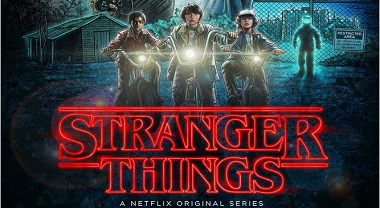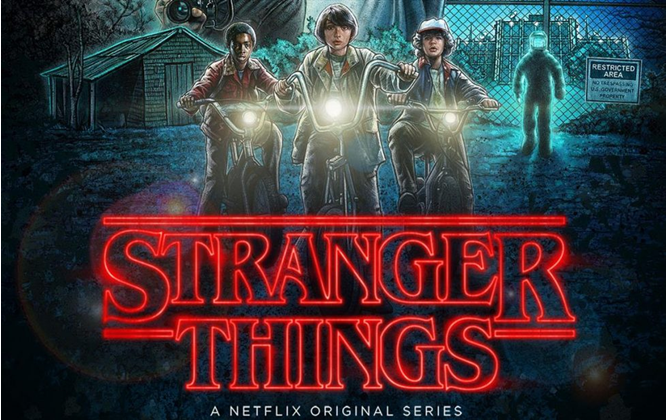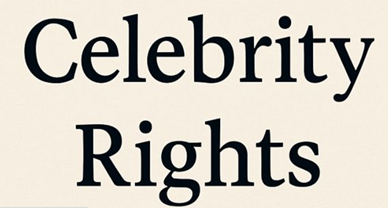Netflix’s “Stranger Things” Stuck in the Conundrum of Infringement
Netflix and the creator of “Stranger Things” faced a copyright infringement suit claiming that the idea for the show has been copied from “Totem”, a screenplay written by Jeffery Kennedy. It claimed that the idea including the plot, sequence, characters, theme, dialogue, mood, and setting, as well as copyrighted concept art was being copied by Netflix.
Facts
The lawsuit claimed that for the creation of the concept art of “Stranger Things”, Aaron Sims was hired who has previously worked with Kennedy.
[Image Source: Slash Gear]
The claim of Kennedy in the lawsuit was about the idea of “Totem” that he got after the death of a childhood friend, Clint Osthimer, who suffered from epilepsy. “During their childhood together in rural Indiana,” the lawsuit reads, “Osthimer and Kennedy dealt with the constant threat of Osthimer’s ‘personal demon,’ epilepsy, which created ‘lightning showers’ in his brain. These lightning showers or seizures would send him to an alternate supernatural plane where the demon resided.”
Claiming the similarities between “Totem” and “Stranger Things”, the lawsuit provided various examples like in “Totem,” one of the characters is a little girl named Kimimela or “Kimi” for short who has supernatural powers. Kimimela helps her friends find the portal gate to an alternate supernatural plane and helps them battle the plane’s inhabitants; a dark spirit named Azrael and his army of Blackwolf. (https://www.thewrap.com/netflix-stranger-things-copyright-infringement-lawsuit/)
Analyzing
Netflix took the help of Rule 12 (b) (6) of the Federal Rules of Civil Procedure where a party may assert the defense by the motion of failure to state a claim upon which relief can be granted, arguing that the workers were not substantially similar as a matter of law providing the detailed analysis getting under the dimension of “extrinsic similarity” test. This test is a famous test where the court asserts into conducting an objective analysis of similarities between the competing works’ plot, themes, dialogue, settings, pacing, characters, and sequence of events after filtering out non-protectable similarities. This test is used keeping in mind the notion of the general idea, historical fact, and the scenes-a-faire element.
Netflix claimed that the story pertains to the issues faced by teenagers while engaging with fighting off science fiction monsters, evil scientists, and Russian military personnel. The plaintiff also relied upon some of the unpublished decision of cases such as Zindel v. Fox Searchlight Pictures, Inc., 815 F. App’x 158 (9th Cir. 2020), and Alfred v. Walt Disney Co., 821 F. App’x 727 (9th Cir. 2020). The plaintiff claimed that the pre-discovery dismissal of the copyright claim should not have resorted and insists upon the benefit of the expert analysis of the work.
Finally, the court did not resort to Netflix’s contention with regards to the extrinsic similarity test. The court did not mention any such plot, characters, and similarity concerning the contention put forward. Instead, the court relied upon the reasoning of seeking additional evidence such as expert testimony which will be helpful for the court to answer the question of substantial similarity and deemed expert testimony necessary for Netflix’s extrinsic test analysis. Therefore, this copyright claim survives the motion to dismiss.
Author: Saransh Chaturvedi (an advocate) currently pursuing LLM from Rajiv Gandhi School of Intellectual Property Law (IIT Kharagpur). In case of any queries please contact/write back to us at support@ipandlegalfilings.com.




